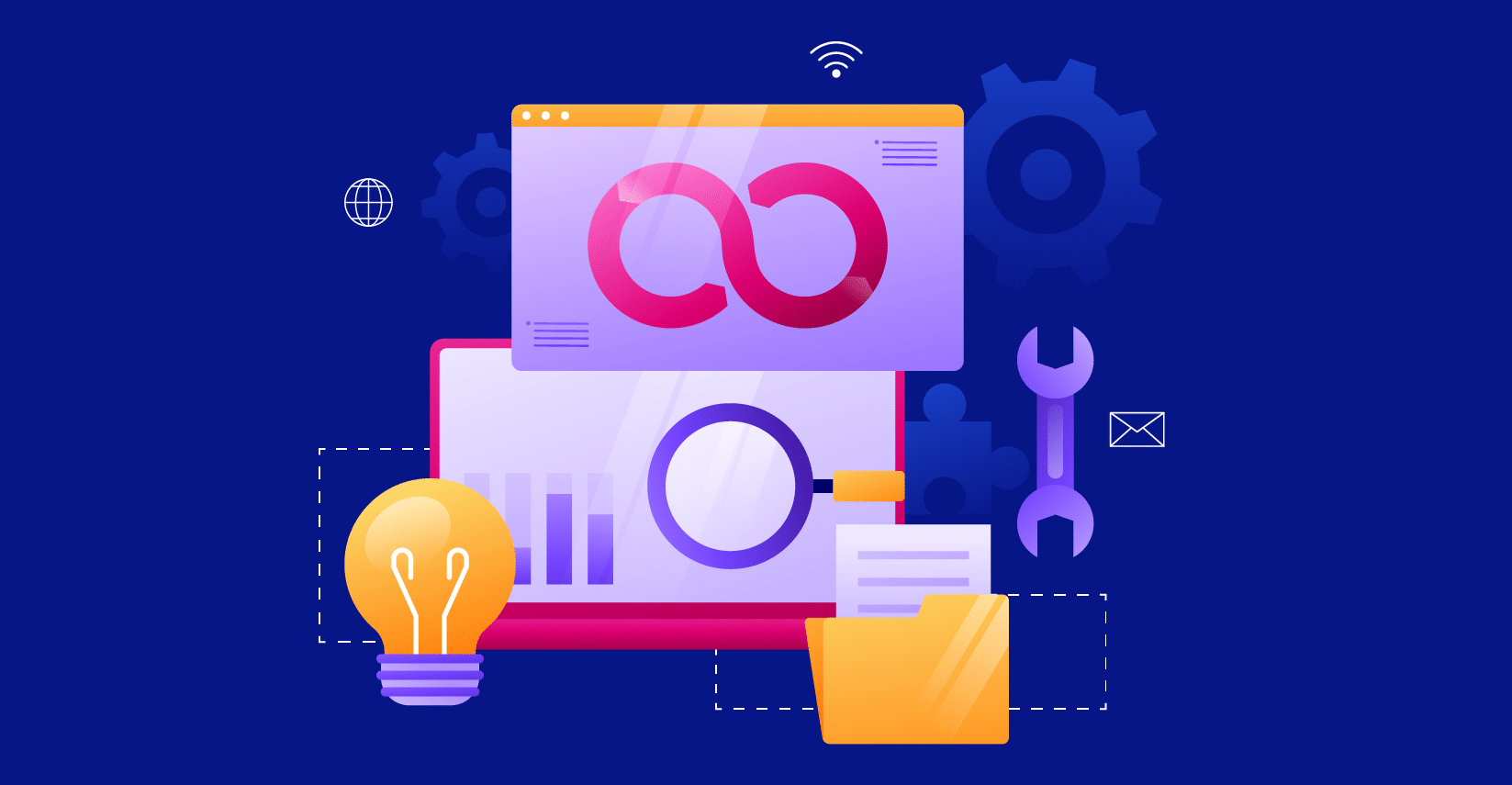No matter the project and the capability of the team, defects are bound to happen now and again. In the past, software developers and testers would use spreadsheets rather than using a defect tracking tool, to keep track of potential defects. However, this put the project at risk for unnecessary delays and potential human error.
To prevent this, most software developers now use programs that track bugs automatically. That being said, not every platform is the same, which is why you need to make a smart choice. Here are 5 essential things to look for in a defect tracking tool.
Demo or Free Version
Very often, a defect tracking app that works well for one team may not be as effective for another one. Each tool has its unique features that may or may not help you.
The ability to test it out is something everyone should look for in such a program. Whether it comes with a free version or a temporary demo option, this will offer you the possibility of testing it out before committing to the long haul.
Ease of Use
The last thing you want is a defect tracking app that is difficult to use. This is why you should look into how easy it is to work with the platform. This can help prevent potential delays in the long run.
Look at the dashboard; is it intuitive enough? What about access? Can you use it on any device? Looking into this feature can offer insight into the accessibility of the program.
Integration
This is why your tracking tool needs to feature inte
grations, as it helps export data from different platforms. With this feature, you won’t have to manually input the data each time you do another test.Bug Prioritization
Software testers can use different tools to determine whether a product is ready for the market or not. Very often, the data used in a tool can overlap or be useful on a completely different app.
The main purpose of a defect tracking tool is to find errors in a project so that they may be eventually fixed. However, not every bug is the same, and one error may not have the same priority as the other.
This is why a good defect tracking tool must have the ability to categorize bugs. It needs to tell if a bug has a low impact on the product or if it’s critical. It should also tell you if the bug needs to be addressed immediately, lest it renders the piece of software unusable.
Automated Notifications
Delays often happen because the team members are unaware when a modification happens. Very often, some team members can modify a code or piece of a project, not knowing that the piece has already been changed before.
This is why your defect tracking app of choice needs automated notification. This way, team members shall be notified whenever there is an update on a defect.
The Bottom Line
Defect tracking tools can be an asset in ensuring a product is up to a customer’s expectations. They can tell you where the bugs are so that you may address them. You just need to make your choice right.

























